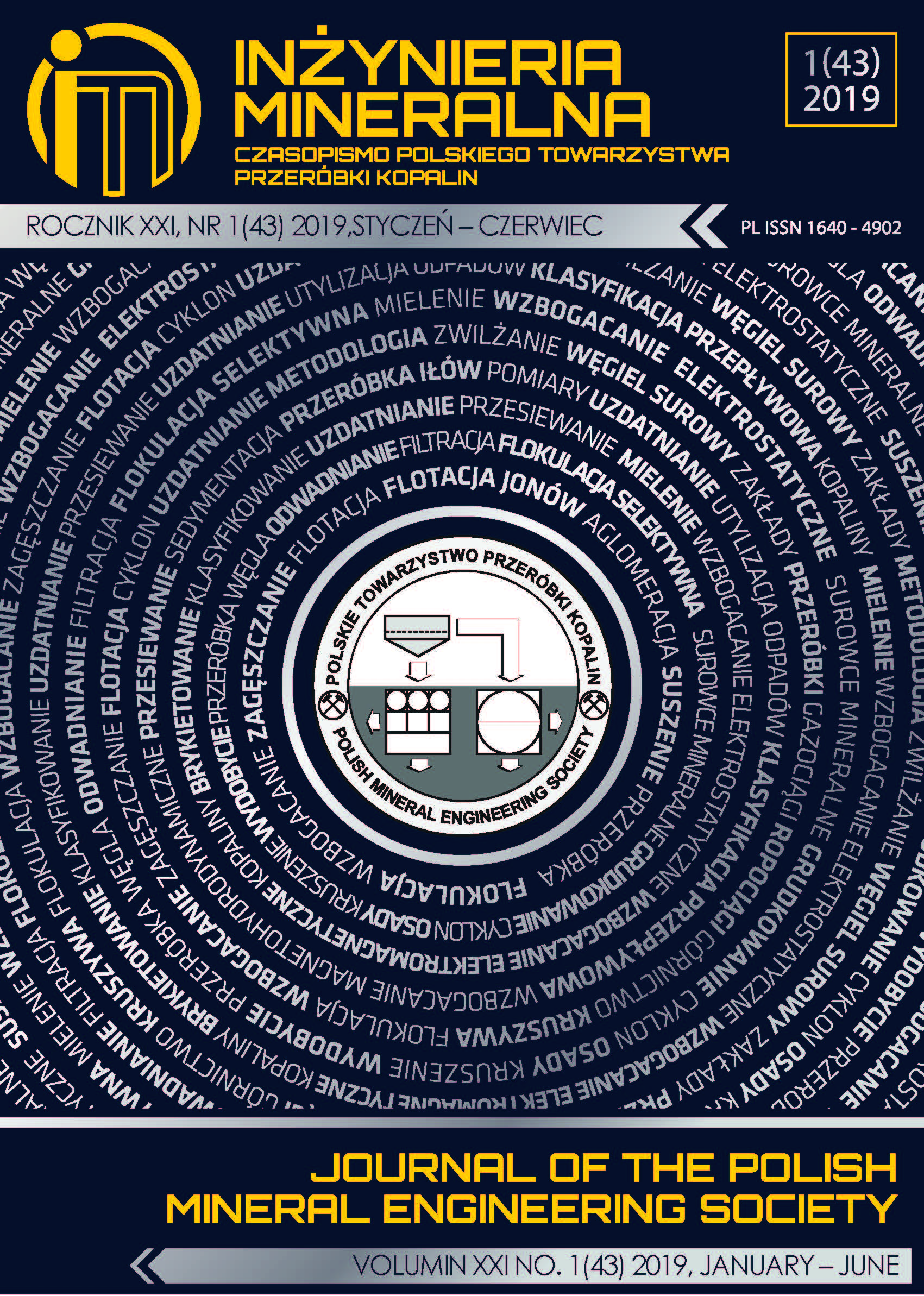Recycling of Spent Hydrodehalogenation Catalysts – Problems Dealing with Separation of Aluminium
Abstract
Our study is focused on utilization and recycling of copper and nickel applicable for reductive degradation of tetrabromobisphenol
A (TBBPA), the high use brominated flame retardant for printed circuit boards. Deactivated and/or poisoned hydrodebromination
catalysts are produced by reductive destruction of brominated phenol (TBBPA) dissolved in alkaline aqueous solution using Raney
Al-Ni and/or Devarda´s Al-Cu-Zn alloys. Spent metallic slurry is treated with aqueous sulfuric acid to dissolve residual aluminium
and/or zinc and decanted residual metal is subsequently treated under oxidation conditions and dissolved in excess of mineral
acid by co-action of oxidant. The corresponding metal salt is separated from corresponding leachates containing excess of acid by
evaporation and recycling of volatile components. Obtained copper or nickel salts were used as sources of Raney type hydrodebromination
catalysts produced for in-situ by action of NaBH4.
This journal permits and encourages authors to post items submitted to the journal on personal websites or institutional repositories both prior to and after publication, while providing bibliographic details that credit, if applicable, its publication in this journal.







.png)
